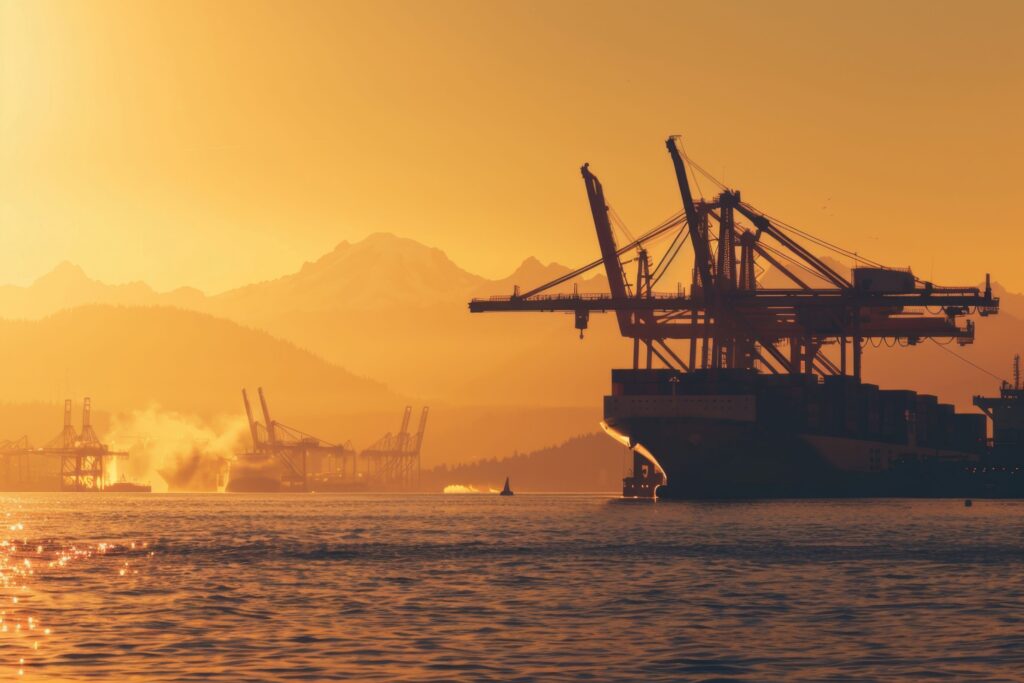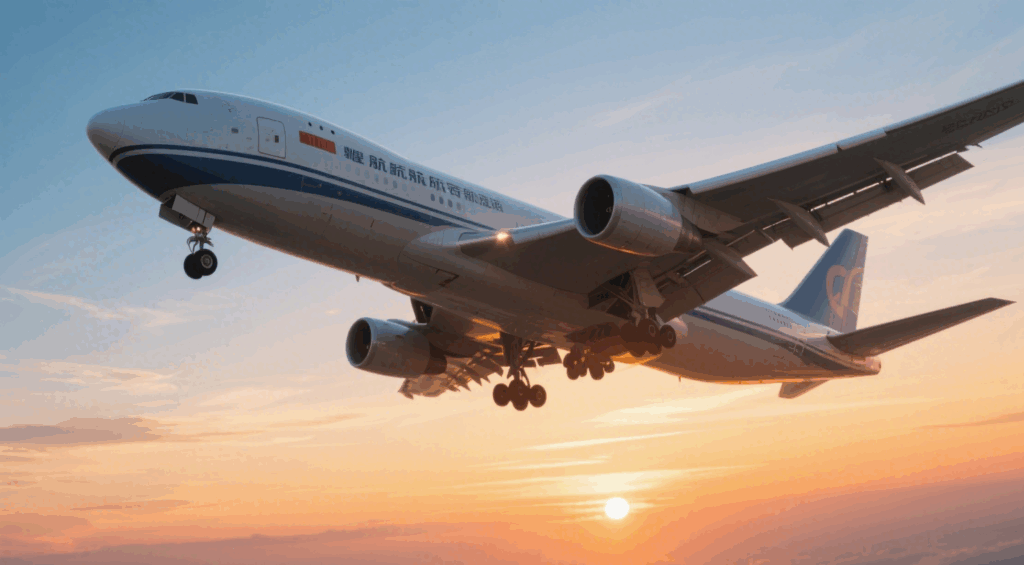- By Della tj
- September 5, 2025
- Sea Freight, Shipping
International trade between China and Indonesia has grown rapidly. Many businesses rely on sea freight from China to Indonesia to transport electronics, textiles, furniture, and industrial machinery. However, calculating exact costs can be challenging since multiple factors affect final pricing. Moreover, without proper planning, importers risk hidden surcharges and unnecessary delays. This guide explains costs, routes, shipping options, required documents, and real case studies to help companies optimize their logistics.
What Is Sea Freight from China to Indonesia?
Sea freight refers to transporting cargo using container ships between major Chinese ports such as Shanghai, Ningbo, and Shenzhen to Indonesian ports like Jakarta, Surabaya, and Medan. It is the most economical method for large shipments, especially bulk cargo. Additionally, it offers flexible solutions through FCL (Full Container Load) and LCL (Less than Container Load) shipping.
Why Choose Sea Freight over Other Modes?
Although air freight is faster, sea freight remains the most cost-effective solution for large volumes. Furthermore, it provides:
- Lower unit cost for bulk shipments
- Flexible capacity for oversized goods
- Wide coverage of Chinese and Indonesian ports
- Compatibility with multimodal supply chain systems
As a result, businesses often choose sea freight to balance affordability and reliability.
How Much Does Sea Freight from China to Indonesia Cost?
Freight charges depend on distance, port selection, container size, weight, and seasonality. Below is an estimated overview.
| Mode of Transport | Average Cost (USD) | Transit Time | Pros | Cons |
|---|---|---|---|---|
| FCL (20GP) | $1,200–1,600/container | 12–16 days | Cost-efficient for bulk | Requires full load |
| FCL (40HQ) | $2,000–2,600/container | 12–16 days | Lower cost per unit volume | Higher upfront expense |
| LCL | $80–120/CBM | 14–18 days | Ideal for SMEs, flexible | Delays in consolidation |
| Air Freight | $6–9/kg | 3–5 days | Fast, secure | Expensive for volume |
What Documents Are Required?
To avoid customs delays, shippers must prepare:
- Commercial Invoice
- Packing List
- Bill of Lading
- Certificate of Origin
- Import License (if required)
- Customs Declaration
Proper documentation ensures smooth clearance both in China and Indonesia.
Which Routes Are Popular from China to Indonesia?
- Shanghai → Jakarta: High volume, stable schedule
- Shenzhen → Surabaya: Popular for electronics and textiles
- Ningbo → Medan: Strong for industrial machinery
- Guangzhou → Jakarta: Common for small manufacturers consolidating cargo
Each route balances cost, reliability, and port capacity.
How Long Does Sea Freight from China to Indonesia Take?
| Route Type | Transit Time |
|---|---|
| Shanghai → Jakarta | 12–14 days |
| Ningbo → Surabaya | 13–16 days |
| Shenzhen → Medan | 14–17 days |
| Guangzhou → Jakarta | 12–15 days |
Transit times may vary due to weather, port congestion, or customs delays.
Pros and Cons of Sea vs Air vs Rail Freight
| Mode | Pros | Cons |
|---|---|---|
| Sea | Cheapest for large cargo, flexible | Longer transit time |
| Air | Fast, reliable, best for urgent goods | High cost per kg |
| Rail | Eco-friendly, stable schedules | Limited access to Indonesia (via transshipment) |
How to Reduce Sea Freight Costs from China to Indonesia
- Book early during peak shipping seasons.
- Consolidate shipments to avoid high LCL charges.
- Compare multiple forwarders for competitive pricing.
- Use nearby ports in China for lower trucking costs.
- Negotiate Incoterms (FOB vs CIF vs DDP).
Real Case Studies
Case 1: Electronics (Shenzhen → Jakarta, FCL)
- Cargo: 40HQ container, 21 tons of consumer electronics
- Cost: $2,250 all-in
- Transit: 13 days
- The forwarder arranged customs and DDP delivery, reducing clearance delays.
Case 2: Furniture (Ningbo → Surabaya, LCL)
- Cargo: 15 CBM wooden furniture
- Cost: $1,350 total ($90/CBM)
- Transit: 16 days
- Freight calculator helped the importer plan seasonal demand efficiently.
Conclusion
Choosing the right partner for sea freight from China to Indonesia helps businesses lower costs, streamline customs, and ensure timely delivery. By comparing routes, shipment sizes, and Incoterms, importers can reduce risks and improve efficiency. With proper planning and reliable forwarders, logistics between China and Indonesia becomes both affordable and predictable.
- Consult TJ China Freight Forwarding for the lowest quote. They will provide you with reliable, cost-effective service.
FAQ:
Q1.What is the cheapest way to ship from China to Indonesia?
Sea freight using FCL containers is cheapest. It reduces unit costs and provides stability compared to LCL shipping from China to Indonesia.
Q2.How long does sea freight take to reach Indonesia?
On average, 12–16 days. Routes like Shanghai → Jakarta are shorter, while Ningbo → Surabaya may take slightly longer depending on conditions.
Q3.Can small businesses use sea freight from China to Indonesia?
Yes, LCL shipping is ideal for small and medium enterprises. It allows cargo consolidation and lowers costs without requiring a full container.
Q4.Are customs duties high in Indonesia?
Duties depend on HS codes and product types. Importers should consult forwarders to calculate accurate tariffs using freight cost calculators.
Q5.Do forwarders provide tracking for sea freight shipments?
Yes, most forwarders offer real-time tracking systems that improve transparency, ensuring importers can monitor cargo until arrival in Indonesia.



